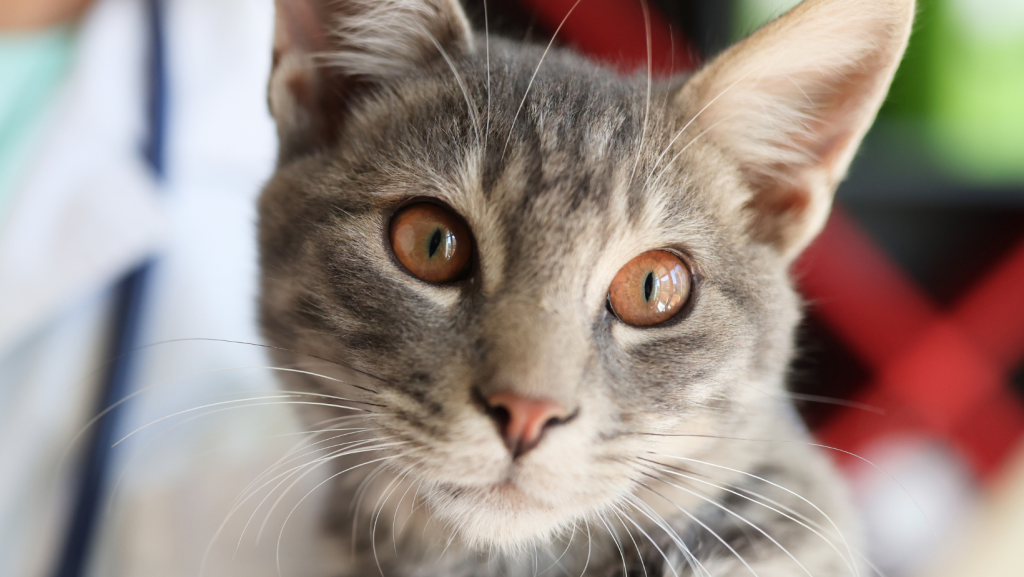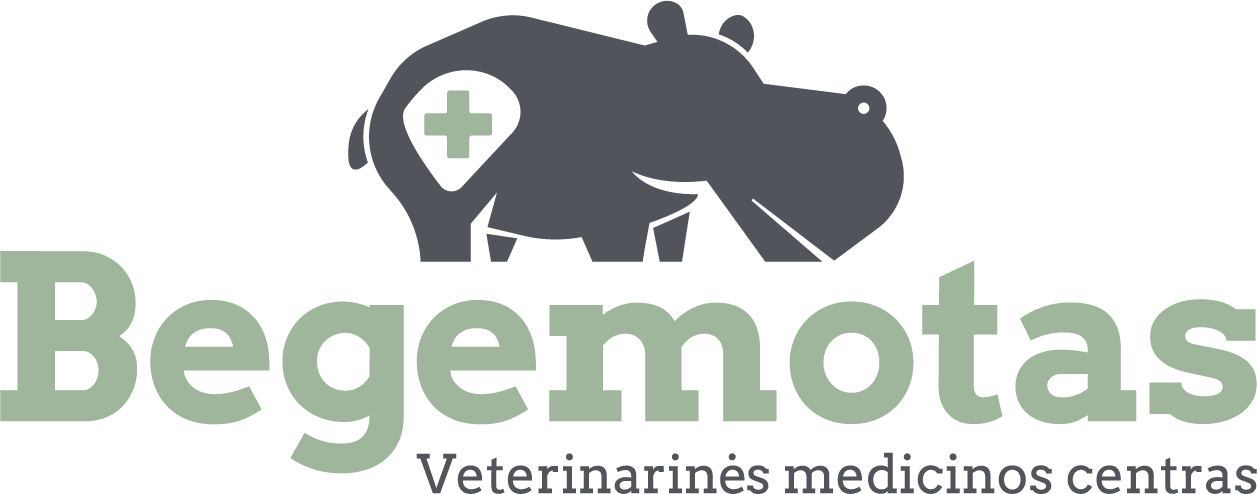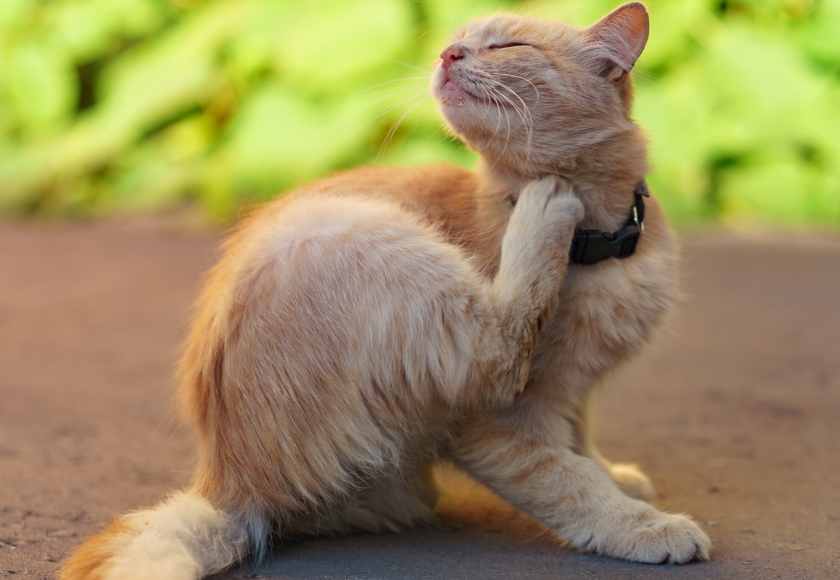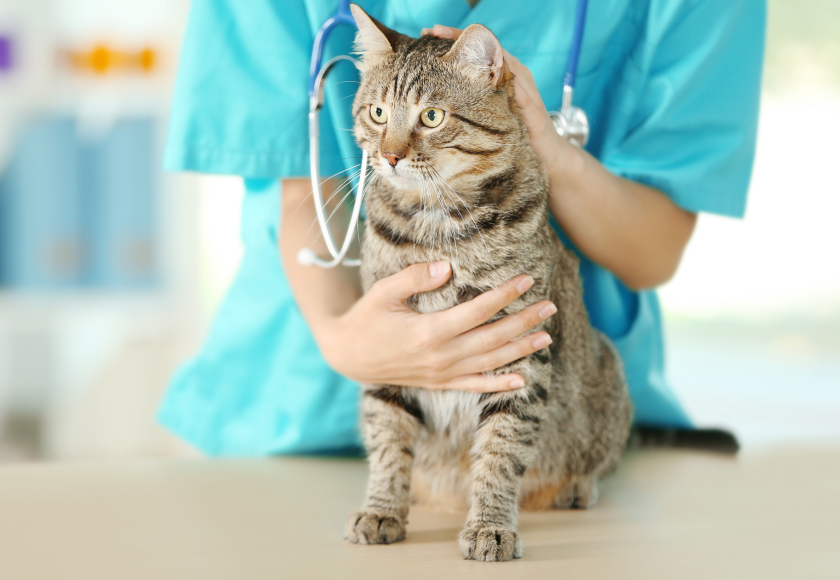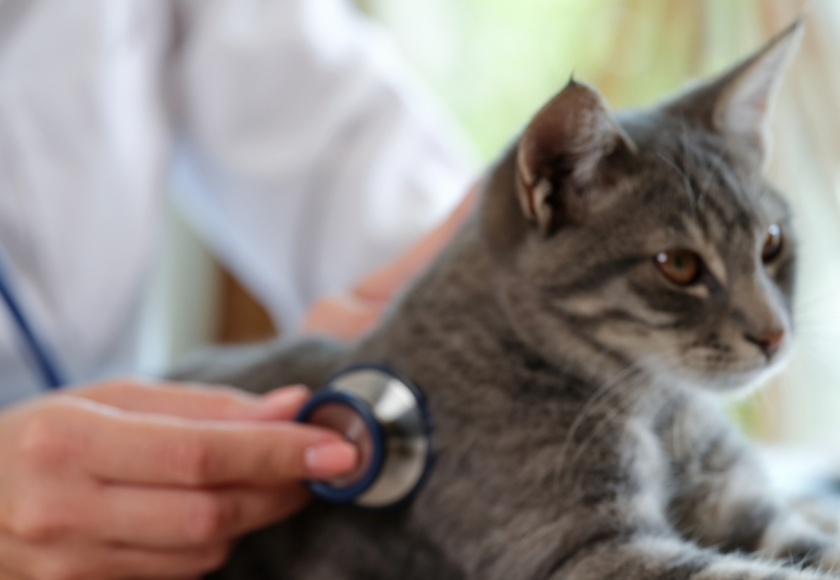All cat owners want to raise a healthy and well-fed pet. However, proper nutrition for cats, as well as dogs, is a real headache for owners. Cat nutrition is a rather difficult topic, as cats can be very picky about both food products and food form.
Cat nutrition in veterinary medicine is divided into several categories according to food type:
- Cat nutrition with dry food
- Cat nutrition with wet food
- RAW nutrition for cats – cat nutrition with raw meat
- BARF cat nutrition – cat nutrition with raw meat, fruit, vegetables, and berries
Regardless of the diet you choose for your cat, it is very important to maintain the daily feed allowance so that your pet receives all the nutrients it needs in the right amounts. It is very important to maintain a balance between your cat’s eating habits, physical activity, and age.
Once you have chosen the most suitable diet for your cat, it is very important to remember to provide the right amount of clean water.
Table of contents
Cat nutrition with dry food
When choosing dry food for your cat, it is very important to carefully analyze the composition of the food. The majority of cat food should consist of meat or fish. The higher the percentage of meat in the food, the higher the quality of the food.
Meat and/or fish in cat food are a source of protein. It is also important to remember the source of carbohydrates – grains, vegetables, and fiber. They are also very important in a cat’s diet. Super premium cat food contains at least 50% meat/fish and additives.
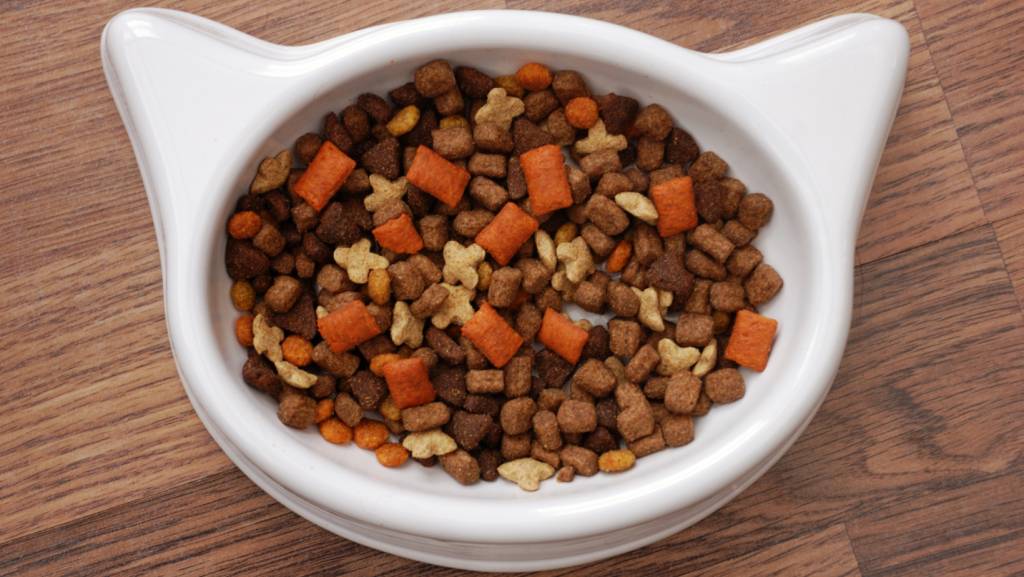
How to choose dry food for your cat?
When choosing dry food for your cat, it is very important to consider its age. Dry cat food is divided into food for kittens (up to 12 months old), adults (1-7 years old), and seniors (8+ years old).
This is important when choosing food because the nutritional content and calorie count of food for cats of different age groups varies, as do the different stages of a cat’s life.
If possible, we recommend super premium dry food for cats.
What is the difference between dry food for adult cats and sterilized cats?
We are also often asked how dry food for adult cats differs from food for spayed/neutered cats. This food is intended only for adult cats aged 1 year and older. This type of food helps ensure good urinary tract health due to its balanced mineral content.
This type of cat food is also often enriched with L-carnitine, which helps maintain optimal weight and strengthens the immune system.
When should I start feeding my kitten dry food?
Veterinarians recommend introducing dry food into a cat’s diet at around six to eight weeks of age, choosing food that is suitable for kittens.
Veterinary clinics often offer a wide selection of dry food for cats. This is because almost all therapeutic foods are specially formulated for cats suffering from kidney, liver, pancreas, intestinal, or other diseases.
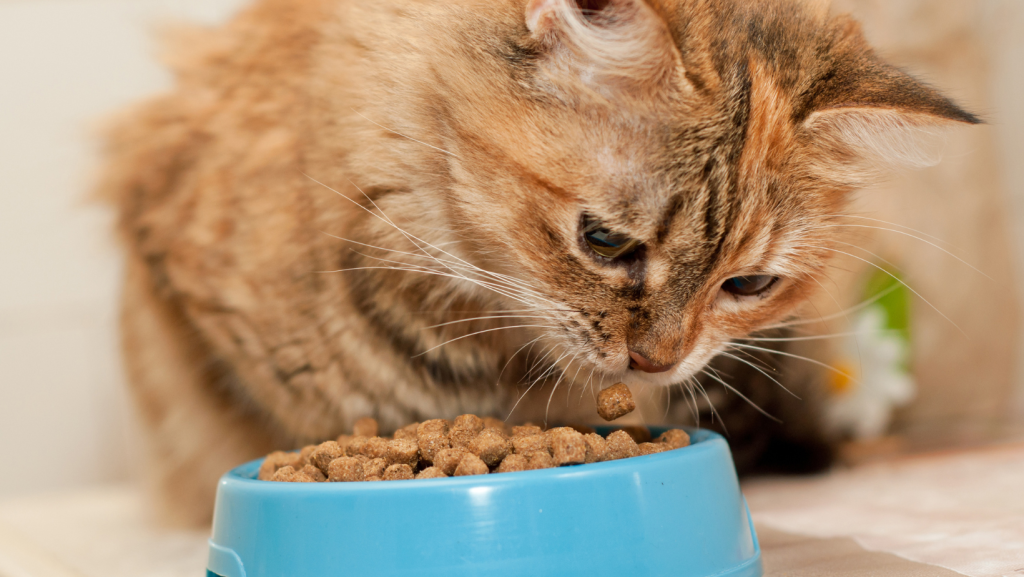
Feeding cats wet food
Wet food for cats replaces treats or one of the feeding times in their diet. Many cat owners choose not to give dry food in the morning or evening, but to give wet food instead. Canned food and pâtés are considered wet food for cats.
However, we often hear comments that cats are very picky and choose either canned food with pieces of meat or fish or pâté only.
How to choose wet cat food?
When choosing wet food for your cat, it is important to consider the cat’s age, physical activity, and health. As with dry food, wet cat food is divided into age groups and whether the cat is neutered/spayed.
Veterinarians recommend starting to feed cats canned food or pâté from 4-6 weeks of age, choosing food that is suitable for such a young age group.
Veterinary clinics often sell therapeutic dry food and therapeutic canned food for cats, but it is often in the form of pâté. Wet therapeutic food for cats is prescribed for liver and kidney diseases, diabetes, and allergies.
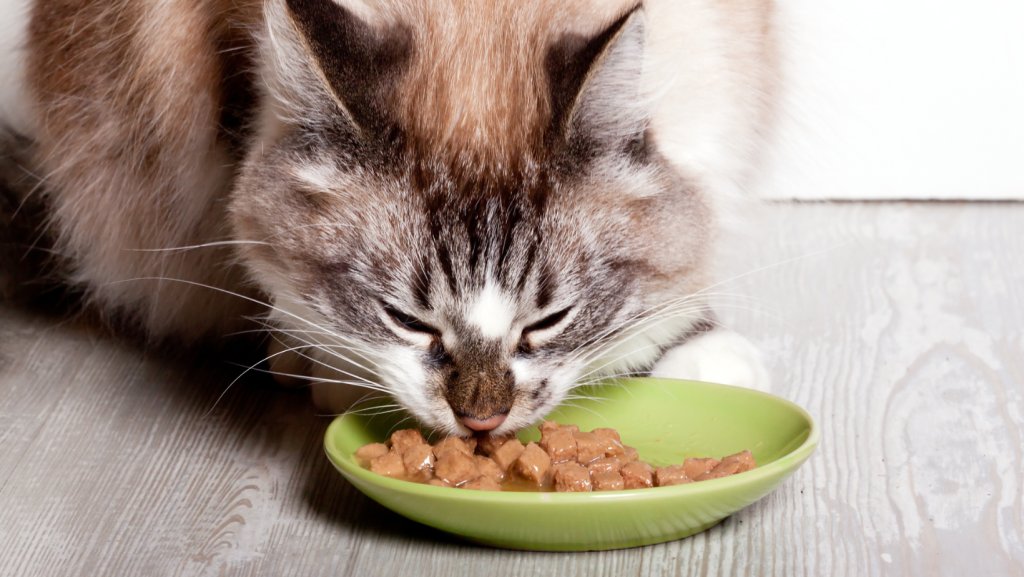
RAW nutrition for cats
A natural diet for cats, also known as a RAW diet, consists of raw meat, fish, and their by-products. Cat owners switch to this type of diet when their cats suffer from food allergies or digestive tract diseases.
The RAW diet takes cats back to the days of their ancestors and the wild, but this type of diet can be very harmful if it is not prepared and selected by a veterinarian and a RAW diet specialist.
How to feed your cat a RAW diet?
When choosing a RAW diet for your cat, it is important to note that meat or fish should not be minced. When choosing this type of diet, the ration should consist of approximately: 80% meat or fish, 10% bones, and 10% offal (poultry, fish, and cattle internal organs).
Disadvantages of a raw diet for cats
There are two major disadvantages of this diet for cats. The first is “meat syndrome” in cats, when their food lacks calcium, disrupting the calcium-phosphorus ratio, which interferes with bone development.
The second is spoiled food for cats. In many cases, domestic cats do not eat all of their food at once, so raw meat or fish with by-products can spoil, and the cat can become poisoned when feeding according to the principles of a raw diet.
When choosing a raw diet, veterinarians recommend having your cat spayed or neutered as a preventive measure to ensure the best quality of life for your pet.
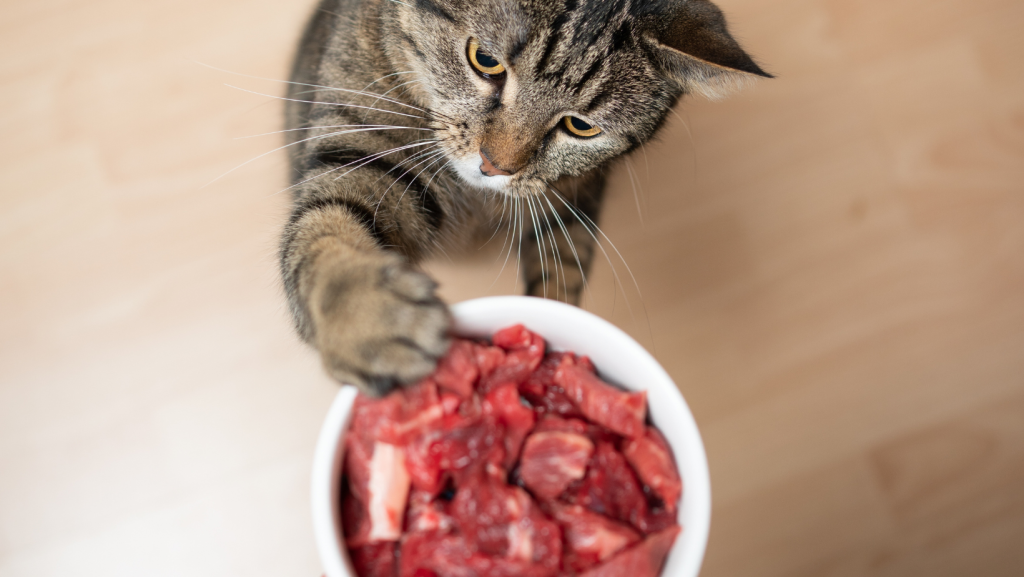
BARF cat nutrition
BARF stands for biologically appropriate raw food.
Cats are carnivorous predators by nature, but even predators living in the wild tend to diversify their diet with grass and berries. Even after catching prey, cats begin to eat it from the belly area, which often contains regurgitated grass and other vegetation.
Advantages of BARF nutrition
Feeding your cat according to the BARF principle ensures not only the right amount of protein, but also carbohydrates, immune system supplements, and antioxidants. Berries, fruits, and leafy greens in the BARF diet ensure adequate amounts of vitamins B and C in the diet and provide the cat’s body with iron. Non-meat or fish products in the BARF diet help maintain the balance of acidity and alkalinity.
When choosing a BARF diet for your cat, you should consider factors such as age, weight, gender, breed, health status, activity level, and previous illnesses. Ideally, it is important to discuss this type of diet with qualified specialists.
When choosing a raw food diet (RAW or BARF), veterinarians recommend having your cat neutered as a preventive measure to ensure the highest quality of life and best nutrient absorption.
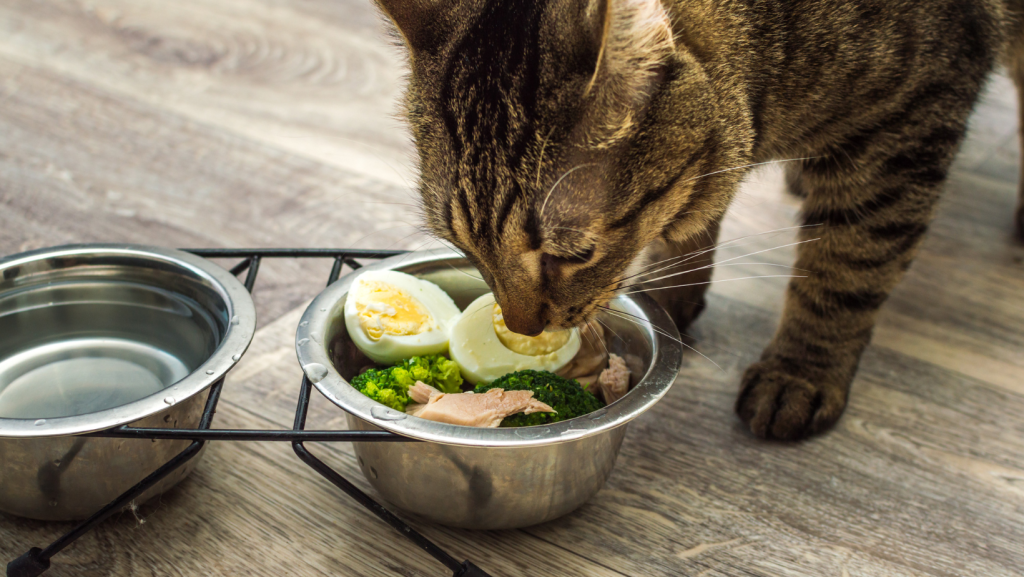
What should not be given to cats?
- Alcohol
- Avocado
- Raisins and grapes
- Chocolate
- Caffeine
- Sugar and xylitol
- Salt
- Yeast
- Coconut
- Macadamia nuts
- Citrus fruits
- Garlic and onions
- Full-fat dairy products
- Bones
Where can I go if I want advice on my cat’s diet?
The Begemotas veterinary clinic in Vilnius is always open to responsible pet owners. Our veterinarians are ready to answer all questions pet owners may have about cat nutrition at different stages of life.
At the Begemotas Veterinary Medical Center, you can not only consult with a veterinarian, but also choose and purchase the most suitable food for your beloved four-legged family member.
Our clinic uses all the most innovative and modern methods of poisoning treatment to ensure the easiest and fastest recovery possible, depending on the condition of your pet. If you have any problems with your pet, you can contact us and arrange a visit at a time convenient for you.
